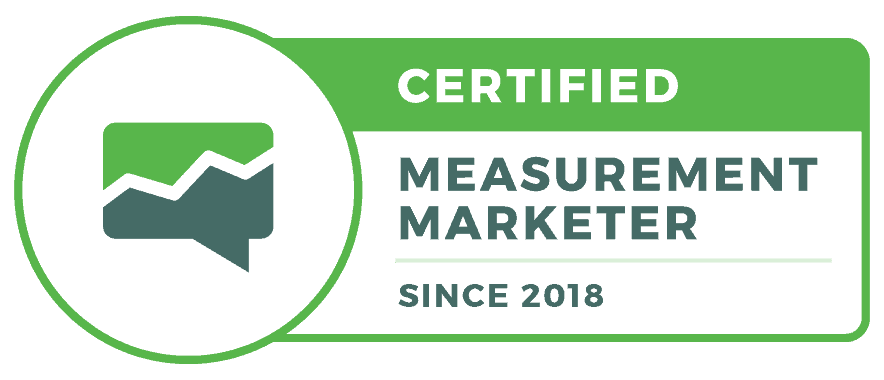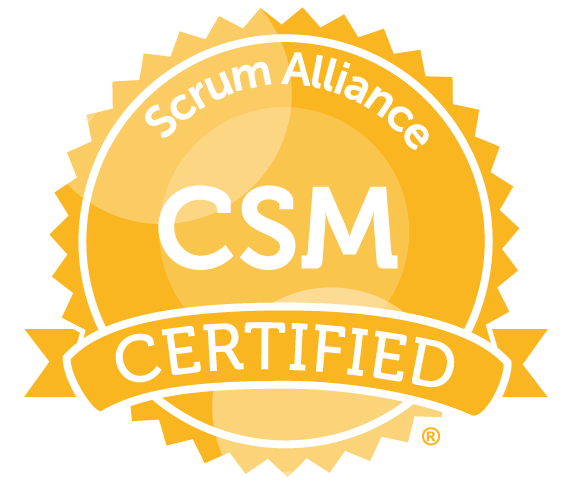What is Average Order Value (AOV)?
Short for “average order value”, AOV is the average dollar amount a customer spends when placing an order on your website. It’s calculated by dividing the total website revenue in a given time period by the number of orders received over that same time period.
When used the right way, AOV is one of the most important metrics in measuring website success and optimizing conversion rates. It can be valuable when compared against customer acquisition costs, while also providing the ability to forecast future revenue based on increasing website visitors and/or customers over time.
AOV is a built-in metric for both Google Universal Analytics and Google Analytics 4, for any merchant that has correctly set up eCommerce tracking. Its ease of tracking makes it a natural fit for any type of website testing and analysis.
What Types of Websites can Benefit Most From AOV Optimization?
AOV is an especially important tool for eCommerce websites offering multiple different products. Especially when offering different types of products, AOV optimization can help to ensure that the customer paths, along with bundling, upselling, and cross-selling opportunities, are built to maximize revenue possibilities.
On the other hand, eCommerce stores offering only one product cannot benefit much from AOV optimization. The only improvement opportunity is increasing the number of products purchased per order, which provides fewer options for potential bundling or changing paths to improve order value.
How SaaS Sites Can Measure AOV
Software-as-a-service (SaaS) websites can sometimes struggle to calculate AOV because customers aren’t able to subscribe to the service and pay right away. Freemium models, in which free users eventually turn into paying customers, can also make it difficult to calculate the average order value immediately upon signing up.
In these cases, understanding the average value of a lead becomes more crucial. Without it, you will not be able to understand the true value of your testing program, or how much of a revenue impact one variable in your test might make.
In other words, you have to know how many of your leads on average turn into paying subscribers, and what the average lifetime revenue of these subscribers is. You can then calculate how much the average lead is worth by multiplying your conversion rate with your average lifetime customer revenue.
One important variable to keep in mind for this model is how quickly your average subscriber reaches that revenue. If it takes years for a new lead or subscriber to become profitable and customer acquisition cost is high, your business model may suffer from losses for too long before reaping the subscriber’s revenue rewards.
What to Expect When Measuring AOV on Your Site
While calculating your AOV is relatively simple, it’s crucial to benchmark this metric not just against others in your industry but also other metrics that it relates to.
For example, the average order value for eCommerce beauty products is $70 across Shopify websites. However, that number makes more sense for a discount brand that pays only $10 to acquire a new customer for a luxury beauty brand, whose cost to acquire a new customer might be $80.
The more relevant metric, then, is the ratio of AOV compared to the customer acquisition cost. Ideally, that AOV/CAC ratio should be about 2:1 to 3:1, ensuring that the order can also support indirect business costs not directly spent on acquiring the customers. Businesses with higher than average customer repeat purchase rates may be able to thrive on a lower ratio.
Finally, it’s crucial to have your eCommerce site set up correctly in Google Analytics. That ensures that your tests can be accurately measured based on AOV, while also allowing you to track your AOV over time. And of course, we can help you set up testing based on reliable AOV metrics that increase the relevance of your results and insights. Contact us to get started.







